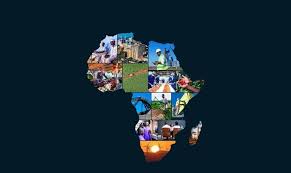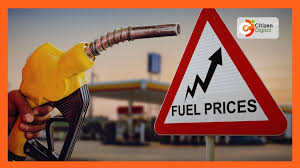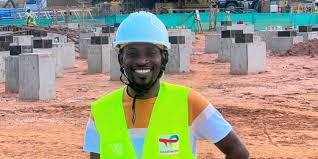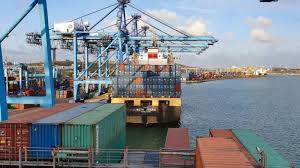Africa is standing at a crucial turning point. With the world’s youngest population, abundant natural resources, and a fast-growing digital economy, the continent has the ingredients to reshape its economic future. The ambitious target? Grow its total GDP from just under $3 trillion today to $5 trillion by 2040.
This goal is not just a dream it’s a necessity. Although Africa has nearly 18% of the world’s population, it accounts for less than 4% of global economic output. The challenge lies not in resources or talent, but in how they are used.
From exporter of raw materials to global economic force.
for too long, Africa has relied on exporting raw commodities while importing expensive finished goods. This cycle drains foreign reserves, limits job creation, and slows industrial growth. The future requires value-added industries, competitive businesses, and a knowledge-based economy driven by technology and innovation.
Key strategies to reach $5 trillion:
Manufacturing and Industrialization – Build industries in agriculture, pharmaceuticals, textiles, automotive, and renewable energy to reduce imports and boost exports.
Full AfCFTA Implementation – The African Continental Free Trade Area could open a $6.7 trillion market by 2030 if trade barriers fall and logistics improve.
Agricultural Transformation – With most Africans working in agriculture, investments in irrigation, storage, agritech, and market access could turn the continent into a food exporter.
Digital Economy Growth – Expand internet access and support tech start-ups to lead Africa into the Fourth Industrial Revolution.
Infrastructure and Energy – Invest $130–$170 billion annually in roads, railways, ports, power, and smart cities.
Human Capital Development – Align education and training with future industries like AI, robotics, and green energy.
Good Governance – Fight corruption, strengthen institutions, and create investor-friendly environments.
Phased Roadmap to 2040:
2025–2028: Stabilise economies, improve infrastructure, and digitalise government systems.
2029–2035: Expand manufacturing, deepen financial markets, and accelerate innovation.
2036–2040: Become a global leader in sustainable manufacturing, agritech, fintech, and clean energy.
Funding the vision will require mobilizing domestic resources, tapping into diaspora investments, building public-private partnerships, and using innovative finance to attract private capital to social impact projects.
The leadership factor is critical. Governments, private companies, universities, and the African diaspora must work together to build systems, create jobs, and solve problems at scale.
The $5 trillion GDP goal is more than a number it’s a bold declaration that Africa is ready to be a central player in the global economy. The vision is clear, the time is now, and the journey has already begun.



